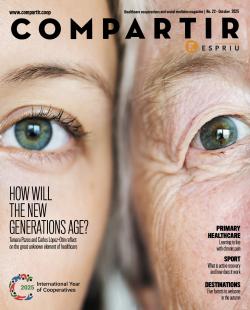
Beef Wellington: the star dish of your Christmas celebrations
Do you want to surprise your guests this Christmas? We will show you how to prepare a homemade beef Wellington with outstanding flavour and visual appeal.
Are you already planning your Christmas Eve menu? If so, take note, because this dish really should have a place on your table this year. Beef Wellington is one of the classic dishes of British cuisine and, although the name refers to a well-known figure from British history, its origin is not entirely clear.
While some suggest that Arthur Wellesley, 1st Duke of Wellington, named it after himself to celebrate his victories in the war, others claim that it is a tribute to his eponymous boots. However, the presence of foie gras, a traditionally French product, seems to many to indicate that the dish is actually a copy of boeuf en croûte.
Whatever its provenance, we are delighted that this recipe, which fascinates chefs around the world, has survived many different eras and culinary fashions, and that we can enjoy its wonderful taste today. Although it may initially seem complex to make, it is not a difficult dish to execute. With these seven simple steps you will be able to prepare a delicious homemade beef Wellington to your liking.
Ingredients
1 kg fillet steak
2 shallots
400 g mushrooms
60 g foie gras
90 g dry-cured Serrano ham
4 tablespoons Dijon mustard
Puff pastry
Extra virgin olive oil
Black pepper
Salt





